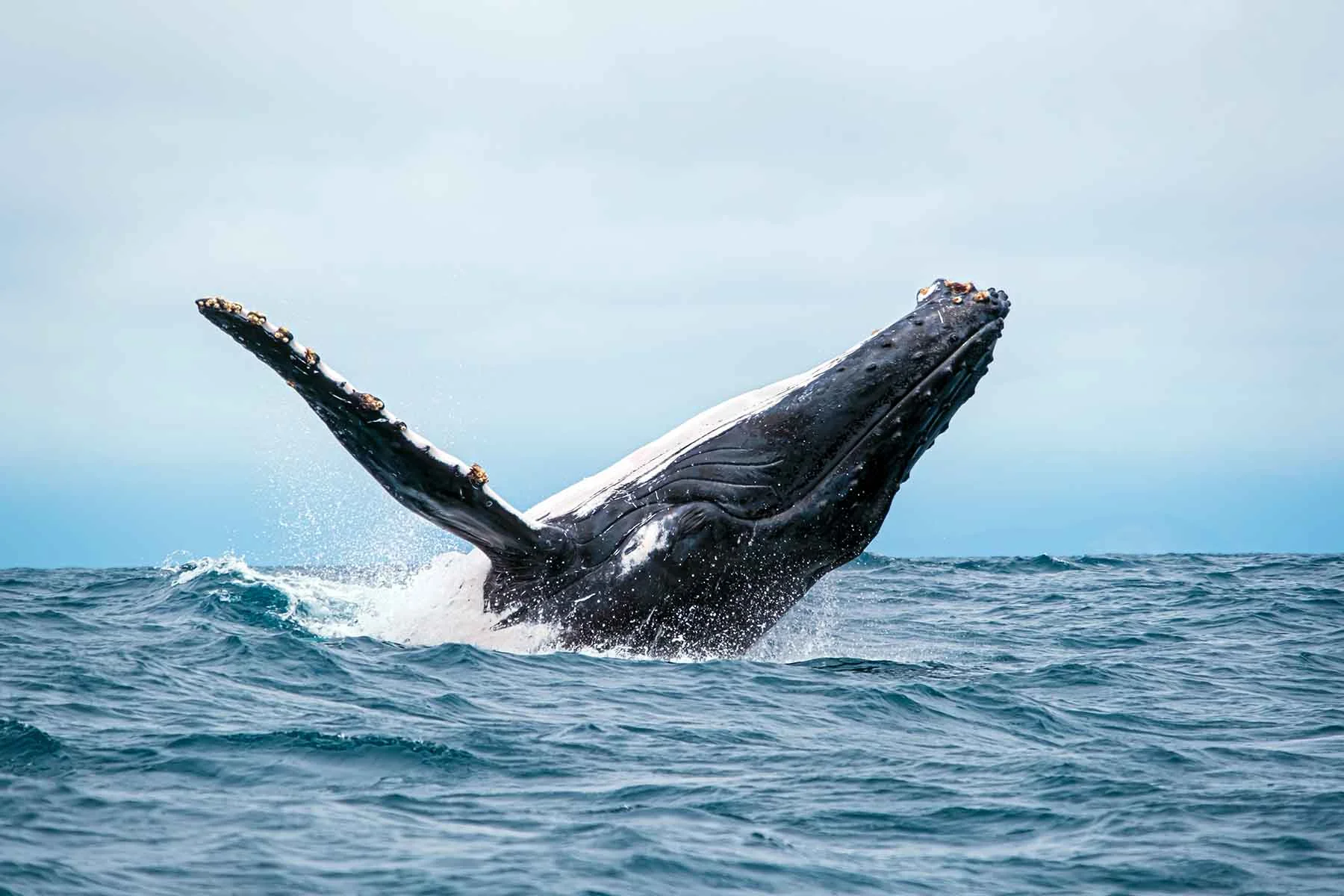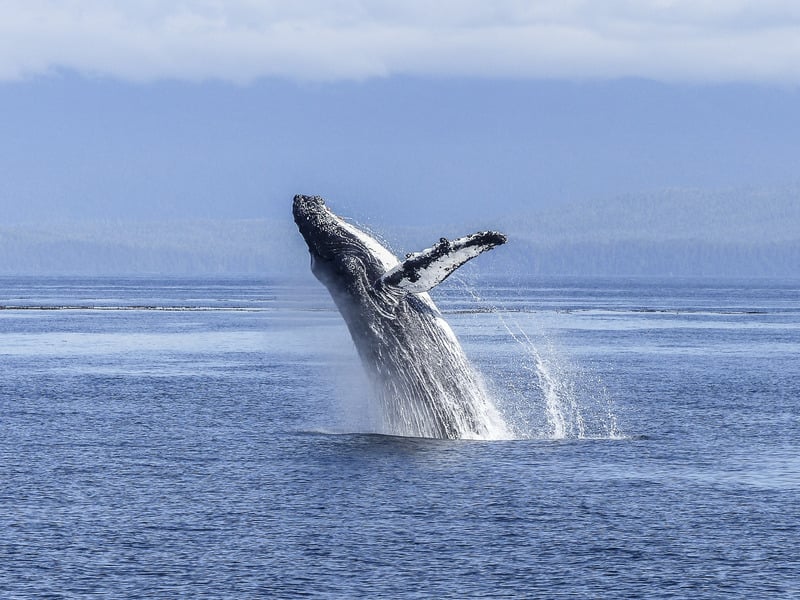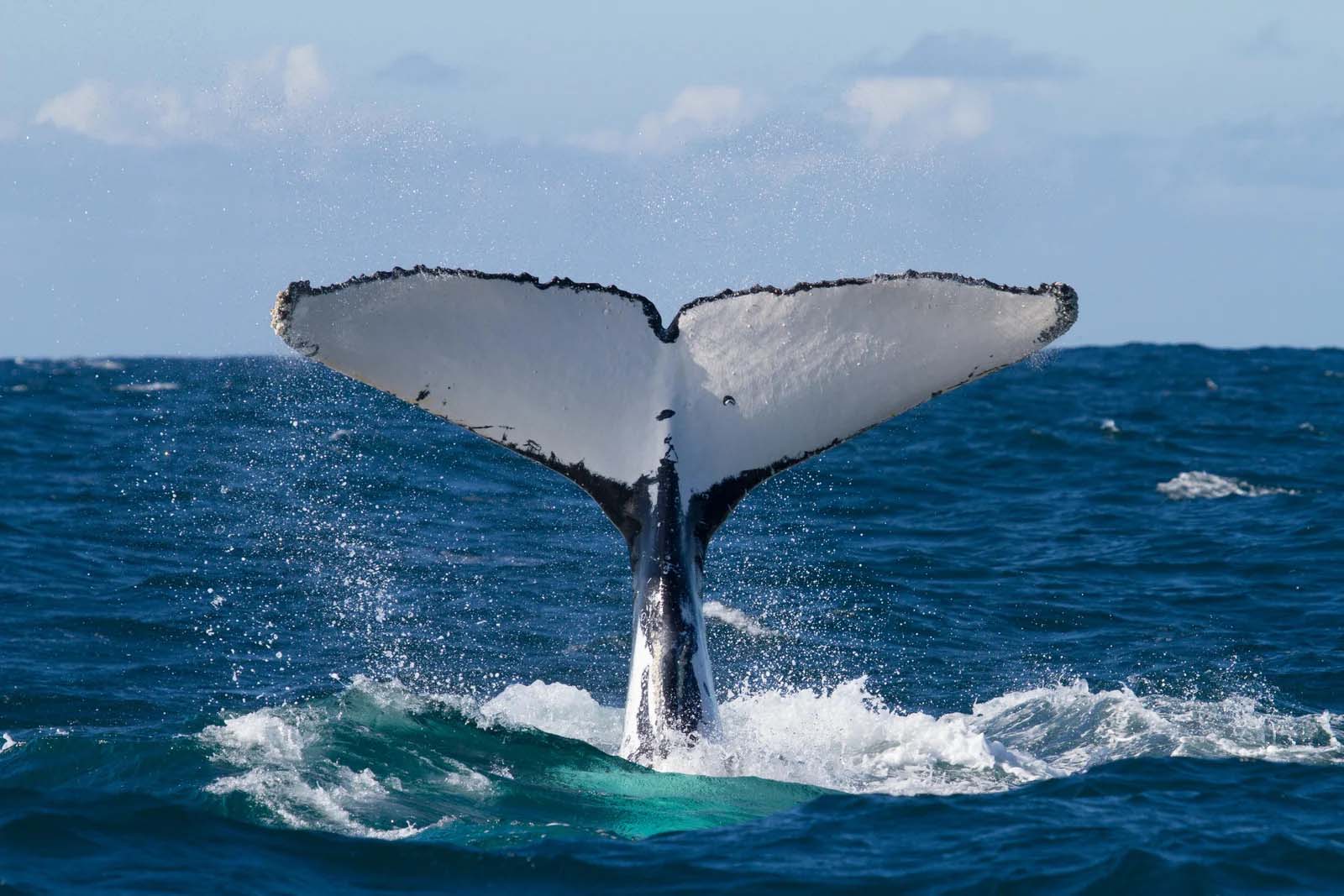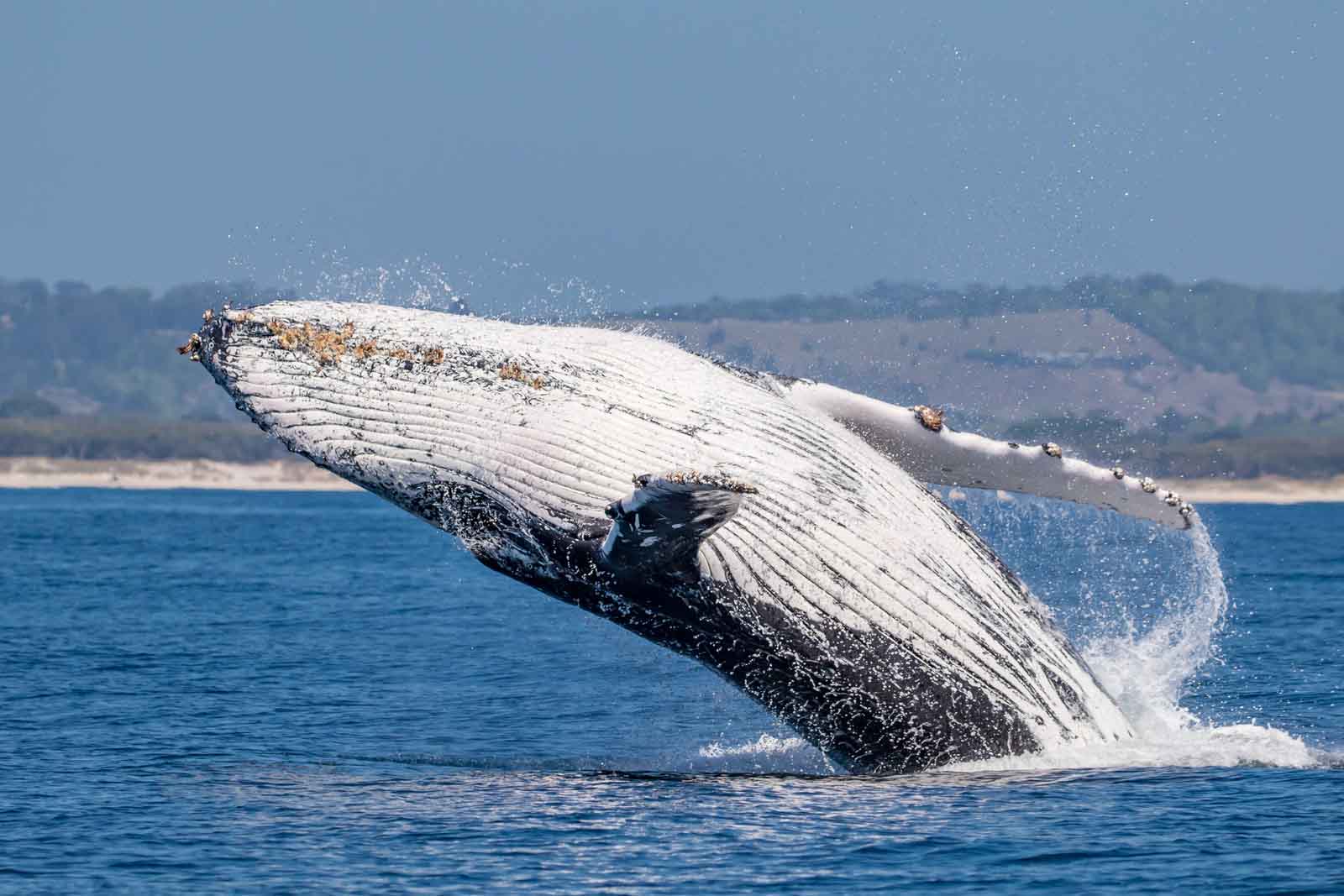
Unveiling Ecuador’s Underwater Wonders: Humpback Whales | Travel Blog
Table of content
Humpback Whales' Seasonal Return
Ecuador is considered one of the world's prime destinations for humpback whale watching. From June to October, these gentle giants migrate to the Pacific Ocean near the Ecuadorian coast, seeking breeding and calving grounds.

Marvels Of Marine Migration
These magnificent creatures well known for their remarkable long-distance migrations travel approximately 8.000 kilometers, offering during their grand journey an awe-inspiring spectacle for locals and tourists alike.
Intriguing Facts
Humpback whales are large marine mammals, with adults ranging from 40 to 60 feet (12 to 18 meters) in length abd weighing around 25 to 40 tons. Calves are born with a length of around 12 to 16 feet (3.5 to 5 meters) and can gain about 100 pounds (45 kilograms) per day by nursing on their mother's high-fat milk.

Majestic Criatures
Thery are famous for their acrobatic displays. They frequently breach, leaping out of the water and crashing back down. They also engage in activities like tail-slapping, pectoral fin slapping, and spyhopping (raising their head above the water's surface to look around).
Song Of The Sea
During the mating season, male humpback whales compete for the attention of females, as they engage in their complex and haunting songs. In their mating rituals, these songs can last for up to 20 minutes. Each population of humpbacks has its own unique song, which evolves over time.

From Poles to Tropics
Female humpbacks give birth and nurse their calves in warm, protected waters, and these areas in Ecuador provide a safe environment for this crucial stage of their lifecycle. Calves are often seen swimming closely alongside their mothers during this period.
A Spectacle To Behold
Ecuador has become a popular destination for whale watching enthusiasts who want to witness the spectacular displays of humpback whales during their breeding season. We offer responsible and respectful whale watching experiences to witness these incredible creatures while respecting their natural behaviors and habitat.
Check Our Suggested Tours:

